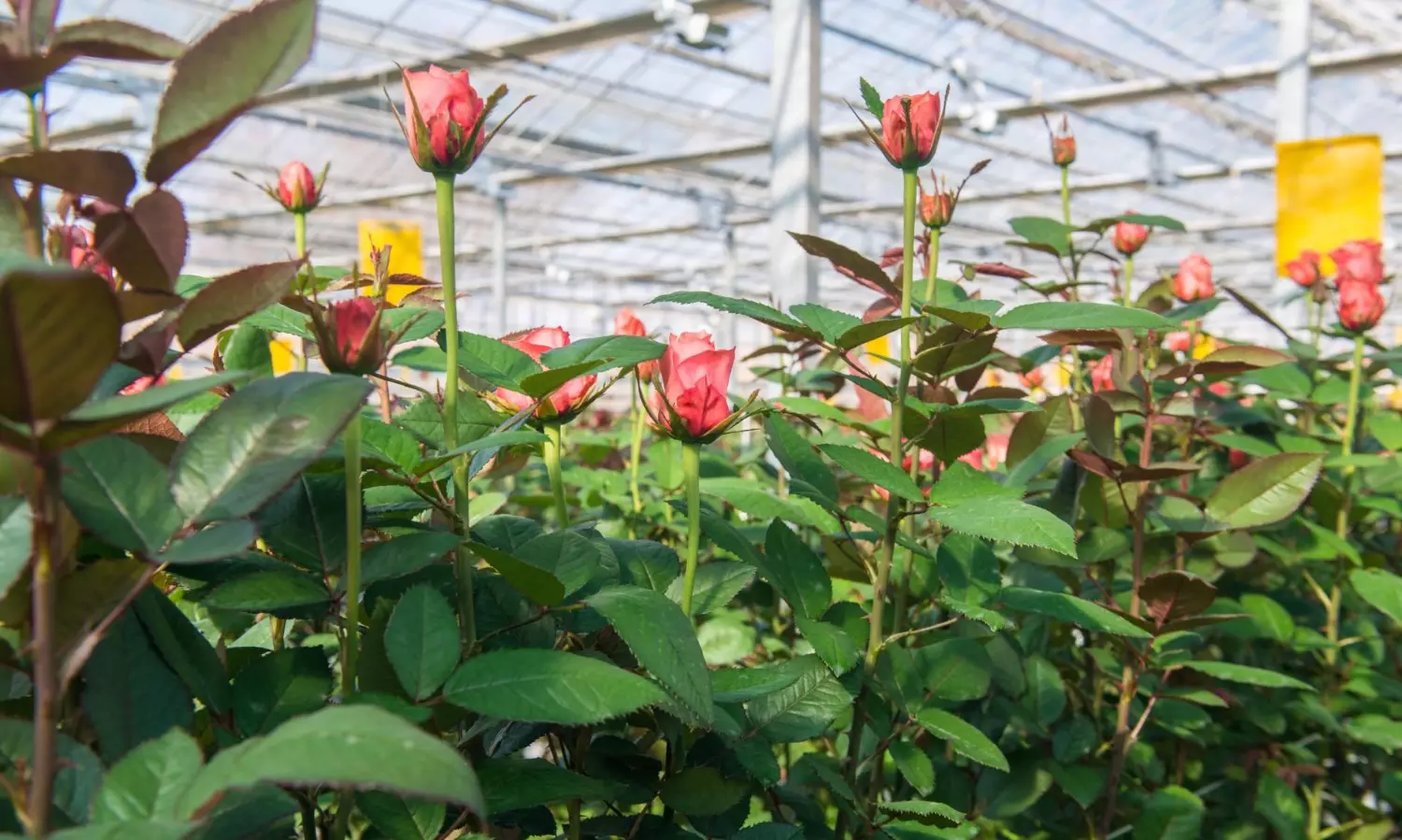Kenyan flower sector seeks new markets amidst challenges
Roses account for 66% of flower exports in Kenya, while summer flowers contribute 30% but are growing.

Kenya flower growers are recommended to expand beyond Europe, build direct trade relationships with retailers, target specific market segments, pack at source, innovate in packaging and adopt a hybrid approach for sea and air freight.
The Kenya flower sector, which includes both roses and summer flowers, is facing several challenges. This includes strict compliance requirements in key export markets, burdensome tax structure at home and increased competition, according to a January 2025 report published by COLEAD and funded by the European Union (EU). The report also recommends public-private collaboration, simplifying the tax structure and improving access to finance for the industry to flourish.
Roses
Kenya remains one of the top global exporters of cut roses, accounting for 66% of the total value of Kenya’s flower exports in 2022. The primary destinations for Kenyan roses are European markets, with the Netherlands being the largest importer, followed by the UK and Germany.
“There is potential to increase supply to markets in regions like the Middle East, driven by rising demand for both bulk and speciality roses,” the report reads.
In the past years, direct exports to the UK, the Middle East and Kazakhstan have seen an increase.
“The increased exports to the UK are a direct consequence of the Brexit. While the increased exports to Kazakhstan are aligning with a strong reduction of exports to the Russian Federation from 2022 onwards,” it reads.
The logistics backbone of Kenya’s rose exports relies heavily on air freight, with major cargo carriers operating out of Jomo Kenyatta International Airport (JKIA), Nairobi. Flowers destined for European markets are typically transported via Amsterdam’s Schiphol Airport, the hub for Royal FloraHolland, the world’s largest flower auction. Direct sales to supermarkets and wholesalers have been increasing, with exporters favouring just-in-time deliveries to ensure quality control and freshness.
However, sea freight is emerging as a viable alternative, especially for long-haul destinations such as the Middle East. Advances in post-harvest handling and controlled atmosphere containers have enabled flowers to maintain quality for up to four weeks, making maritime transport an increasingly attractive option for cost efficiency.
It reads, “Sea freight offers a reduction in transportation costs and reduces carbon footprints, though a hybrid approach with airfreight may be needed due to logistical challenges.
Summer flowers
While roses remain the leading export, Kenya's summer flower industry is rapidly expanding, now accounting for 30% of total flower production. Unlike roses, summer flowers—such as Limonium, Alstroemeria, Solidago, and Gypsophila—are typically grown outdoors and require lower capital investment. This has attracted more smallholder farmers, particularly those who cannot afford large-scale greenhouse operations.
Export destinations for summer flowers are similar to those of roses, with Europe being the dominant market. However, there has been notable growth in Middle Eastern markets such as Saudi Arabia, the UAE, and Kuwait. Direct exports to these regions have surged, partly due to Kenya’s ongoing trade negotiations with Gulf states aimed at reducing tariffs and streamlining logistics.
Unlike roses, which are often shipped as single stems, summer flowers are frequently packed into mixed bouquets at the source, reducing labour and handling costs at the destination. Facilities such as the Packed at Source Africa (PASA) initiative by the Dutch Flower Group are playing a pivotal role in this transformation, allowing Kenyan growers to add value before export
Both roses and summer flowers rely on efficient cold-chain logistics to maintain freshness. JKIA remains the central hub for flower exports, with a well-developed cooling infrastructure supporting the industry. Key logistics providers such as Kuehne+Nagel, Airflo, and DSV Panalpina continue to invest in temperature-controlled handling and transport solutions.
For roses, air freight remains the dominant mode of transport, but sea freight is being explored to reduce carbon emissions and costs. Summer flowers, which are often more resilient than roses, are better suited for sea freight, providing an opportunity for cost-effective bulk shipping.
Key differences
Roses account for 66% of flower exports, while summer flowers contribute 30% but are growing. Roses are greenhouse-grown, requiring high capital investment, while summer flowers are grown outdoors, making them more accessible to small-scale farmers. Roses are often auctioned in the Netherlands or sold directly to European supermarkets, while summer flowers are frequently included in mixed bouquets for export. Roses heavily depend on air freight, while summer flowers have greater potential for sea freight. Roses require stringent temperature control, while summer flowers are more tolerant of transit conditions.


